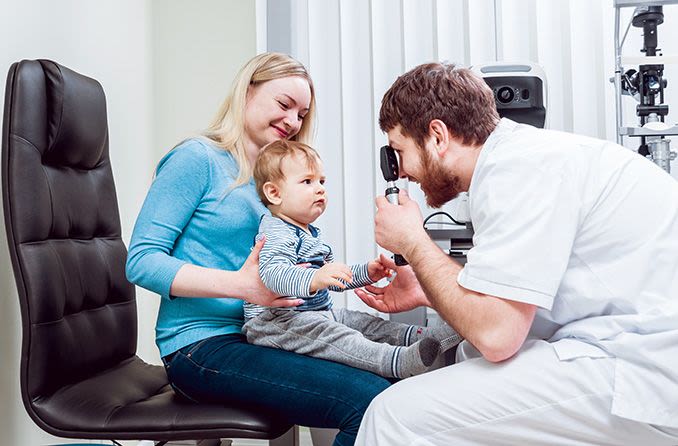An ophthalmology will typically refer to some form of complex eye surgery or examination performed by a specialist in the field, known as an ophthalmologist. An ophthalmologist will be responsible for undertaking things like Cataract surgery, managing corneal and retinal diseases, glaucoma management, and much more. Because this is specialist procedure, there might be some concern from patients who have not yet experienced an ophthalmology, but it’s useful to know that there is nothing to worry about. In this article we take a look at what the procedure actually involves to give you a better idea of how to properly prepare.
Preparing for an ophthalmology
Although you might have seen ophthalmoscopes for sale somewhere on the internet, it’s important to know that an ophthalmology is a highly specialised form of medicine – in fact, it requires years of specialty training to become an ophthalmologist.
In order to prepare for an ophthalmology, a patient will typically be required to allow the ophthalmologist to apply eye drops in order to dilate the pupils to help make them easier to look through. Not everyone will agree with these eyedrops – they can sometimes cause blurry vision and light sensitivity, but your vision should be completely normal again after a few hours.
Sunglasses can often help manage the brightness, and it’s also highly advised that patients organise transport home after the ophthalmology. There are a couple of instances where these eyedrops might not be used – it’s important to mention if you’re taking any medications, as these might interact in some way with the eyedrops. It’s also important to note that if you have glaucoma, eyedrops might increase pressure your eye to an unhealthy level.
What the test itself involves
After the eyedrops have been applied and your pupils are sufficiently dilated, the specialist will then examine the back of your eye. How he might do so can differ, though – the examination might be either a direct examination, an indirect examination or a slit-lamp examination, with combinations of these not uncommon.
For a direct examination, the patient will be required to sit in a chair while the ophthalmologist examines their eye in a dark room through the use of an ophthalmoscope, a specialist instrument that contains a light and several small lenses. The indirect examination involves the specialist examining the structures in the back of your eye with a bright light while having the patient lie down.
Finally, the slit-lamp examination can be considered identical to the indirect examination, with the exception of much greater magnification. This is achieved through the use of a device similar to a microscope, which can help the specialist find very fine details that might otherwise be missed.
Do you need to get an ophthalmology?
If you’re worried about your upcoming medical appointment, there’s absolutely no need to at all – despite there being some discomfort with the use of eyedrops and the occasional application of pressure with one of the ophthalmologist’s instruments, the procedure is otherwise pain free and discomfort is limited.
If you’re still unsure about the procedure, it’s never a bad idea to ask your ophthalmologist about what to expect in your specific case, as knowing this can give you a much better idea of what to mentally prepare for.
Related Posts












